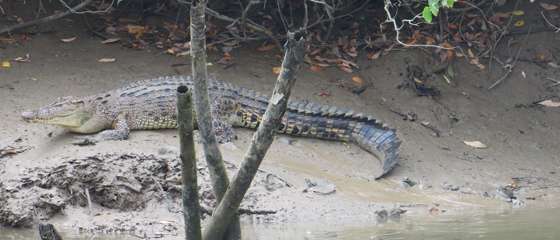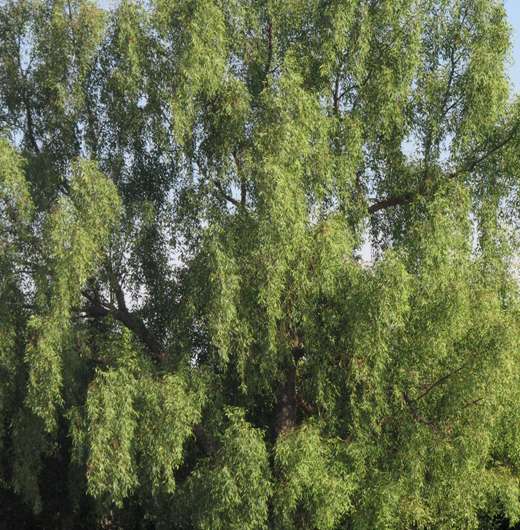Credit: Fauna & Flora International
The designation of Meinmahala Kyun as a Wetland of International Importance protects the last wildlife refuge in the Irrawaddy delta, which once supported the largest area of estuary mangroves in mainland Southeast Asia
Conservationists in Myanmar have a special reason to celebrate World Wetlands Day today, as the Meinmahala Kyun estuary, which is the last remaining important mangrove and mudflat site in the Irrawaddy delta, is officially added to the List of Wetlands of International Importance under the Ramsar Convention on Wetlands.
Announced by the Myanmar Government and Ramsar Secretariat today, the designation of Meinmahla Kyun as a Ramsar Site marks the Myanmar government's commitment to the protection of coastal ecosystems, including mangroves, mudflats and turtle nesting beaches.
According to Dr. U Nyi Nyi Kyaw, the Director General of the Forest Department, Head of Ramsar Administrative Authority of Myanmar, "The new Ramsar Site will not only protect the Irrawaddy delta's last remaining important mangrove estuary, which hosts Myanmar's largest crocodile population, but will also protect the delta from storm surges caused by cyclones."
"The Forest Department, with support of Fauna & Flora International (FFI), designated a Ramsar Site which covers the mangroves on Meinmahla Island and the surrounding estuary, which provides an important feeding and nursery ground for fisheries and protects coastal communities from storms. The site also includes mudflats of global conservation importance – particularly to threatened shore birds," says Frank Momberg, Director of FFI's Myanmar programme.
Credit: Fauna & Flora International
Resource exploitation within and surrounding Meinmahla Kyun, combined with the effects of cyclone Nargis, has led to a severe decline in mangrove cover. According to Zau Lunn, FFI's coastal and marine conservation expert, the greatest challenge is the demand for firewood in the surrounding villagers. "Only a comprehensive programme of mangrove protection and rehabilitation, distribution of firewood-saving stoves and provision of alternative energy sources (e.g. solar drying of fish) can prevent further degradation of the mangroves."
Despite the severe threats, Meinmahla Kyun hosts the world's largest population of the Critically Endangered mangrove plant species, and more than 20 species of threatened fauna, including the Critically Endangered mangrove terrapin, Endangered wild dog, Vulnerable Irrawaddy dolphin and lesser adjutant stork.
Threatened migratory bird species found in the area include the Critically Endangered spoon-billed sandpiper and the Endangered Nordmann' greenshank and great, which makes the Ramsar Site important for shorebird conservation along the Australasian flyway.
With more than 30 villages living in poverty surrounding the Meinmahla Kyun estuary, the Forest Department and FFI hope that international recognition as Ramsar Site will attract additional funding to alleviate poverty while protecting and restoring the mangrove forest with its unique biodiversity values.
Provided by Fauna & Flora International
























